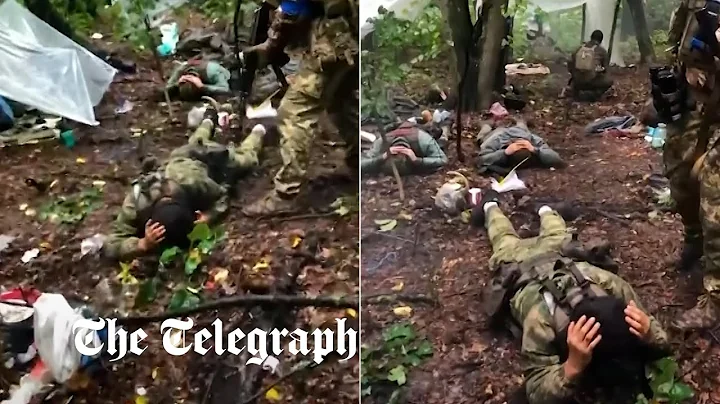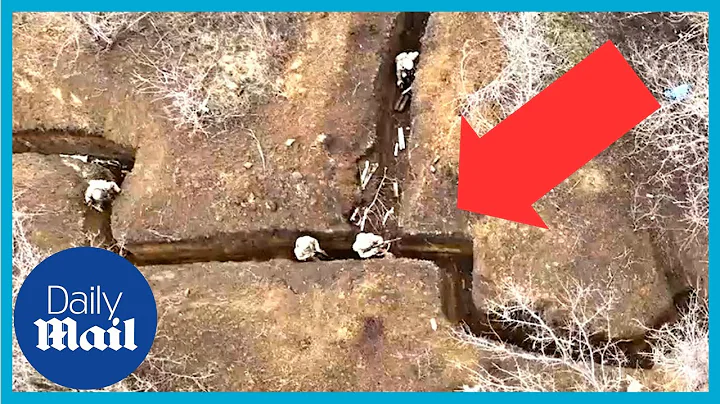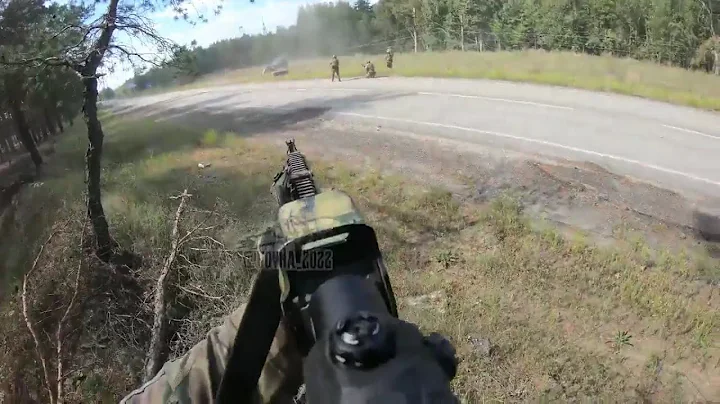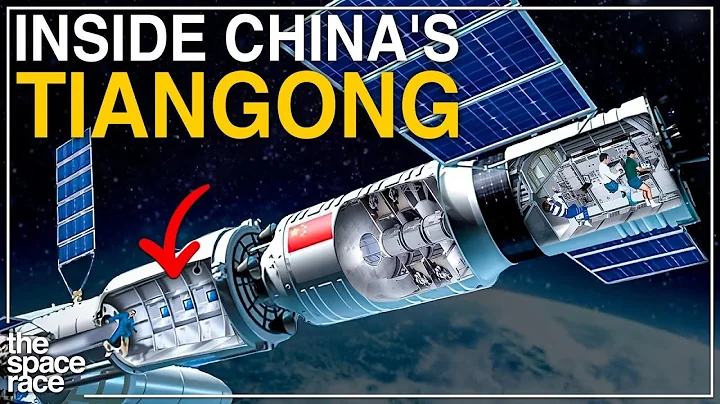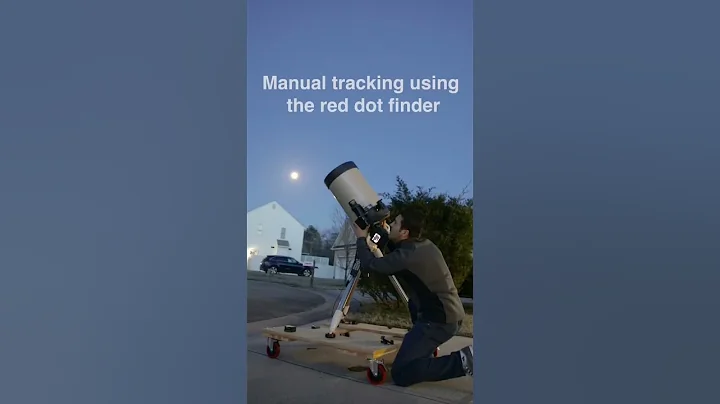Source of this article: From Russia's "Moscow Komsomolets"
This is the most realistic experience of the Russo-Ukrainian war so far, and it is worth watching.
The first echelon
special military operation was announced on February 24. On the same day, the tank unit in which I served crossed the Ukrainian border as the first echelon in the Sebekino area.
We are heading in a direction where there are pro-Russian villages. Kharkiv region. Kupyansk, Balaklea - these cities surrendered without a fight. I arrived directly at Balaclea on the 6th (March). Our unit is in the city center. There is a vehicle repair shop and a huge storage base. Ukrainians gave up everything. There is equipment, weapons and ammunition. There is a repair shop in the city itself. There is also an arsenal in the north near Russia. But no one went there because it was said to be mined and no one was supposed to go there. In fact, there were no mines there and there were no defenses...
What I wonder is why the Ukrainian army did not destroy it with Dot-U missiles. We didn't get into the depot, we thought it was mined or a decoy - once we started unloading it from there, then they would destroy it with Dot-U. There are some special mines, designed for the fact that people go there...
The first battle
The Battle of Gusarovka around Balakli as described by the orator
We advanced to Balakli To the south, the Donets River and its canals flow to the Donbass. On the other side of the river to the south is a village. There Ukrainian troops established a position and blew up bridges across the river. Our plan was to advance further to Barvenkovo and then turn towards Lozovaya after capturing Barvenkovo. They stopped us. There was a battle on the 5th, 6th, and 7th...that is, we were just exchanging fire there.
Our base camp is in Gusarovka near Balaklia. We occupied a barn as the battalion command post. Battle-ready tanks and troops were on our front line 20 kilometers away. On March 8, the enemy attacked us and the command post with a company of troops. Mortar fire completely destroyed all wheeled vehicles and armored personnel carriers. We then fought back. The enemy tried to destroy our tanks - we lost two tanks in this battle.
I left the barn as soon as the mortar attack started. I took my crew with me and another crew from our company. We got in two tanks and drove out, climbed to high ground and fought back from there. I saw no enemies, only forests and farms. The mortars were fired from a reverse slope in the direction of the village of Shepelevka. The only thing I saw there was a pickup truck. They either have officers from the SSO (Special Operations Forces) pickups, or they have specialists, who are called coordinators. Or maybe NATO instructor - I don't know.
Less than a minute after the battle started, I looked back and saw that the adjacent tank behind me had been hit by an ATGM and was on fire. I drove up to the tank, picked up the surviving crew, and drove back to Gusarovka. He rushed straight into the first house he came across, and brought the wounded there, in great shock. Locals are hiding in basements. He then returned to the barn and contacted the group leader. I reported where the fighting was, showing the targets, where the shots were fired, what was destroyed...
Around 1 o'clock the bombardment ended. We then learned of another attack in which the enemy used three infantry fighting vehicles to try and capture our division commander. The attack was repulsed.
We are returned to the north of Balaclea. Restore combat capabilities and replenish equipment. We were then deployed to the south of Ijumu where there was just constant fighting.
About the enemy
The Ukrainian army is actually not very numerous. They have a small army. But they were stuffed with weapons. What are their advantages compared to us? Drones, mortars. They have experience since 2014.
We only have advantages in aviation.For example, our pilots performed extremely well after experiencing the war in Syria . At least they bombed the right person this time.
And the Ukrainian army has an advantage-the US-made anti-tank missile . Their drones are also American. In addition, American satellite communications provide all intelligence.
They have thermal imagers, missiles can hit targets at a distance of up to four kilometers. As I can see, every armored vehicle is equipped with a Motorola Special Edition 6300, the civilian version was modified and redesigned to meet military needs. The satellite communication is through Starlink "Starlink" and is carried out at the battalion commander-brigade commander level. They also have access to the Internet.
The Ukrainian Armed Forces also cooperate with civilians. Civilians film everything on their phones—the movement of our gear, its location—and then group it on social networks. Then by analyzing this data, they react.
On the other hand, they have intelligence from US satellites. When they attack us near Balaklia, they usually have all the information: who is standing where, what is the condition of the technical equipment, the number of people, who is where... Assuming that we cross the border, there are (Ukrainian) people with A surveillance tower of cameras watches, operating completely autonomously: electrical installations, batteries... all American equipment. That is, all videos about our gear are immediately sent to their headquarters. Together with the border guards we shot these devices with machine guns .
It turns out that the location we captured in Ruby Days and was also equipped with cameras. The Ukrainians could observe our every move without even leaving the bunker.
So Ukraine has the entire NATO support behind it. All military personnel, contractors and officers received two to three training courses from NATO instructors at the Yavorovsky training ground. I personally saw records of this in their personal files. By NATO standards, everything has already begun. Never underestimate the enemy. The hatred now will eventually pass.
The Ukrainians know our every move through drones. First, they identify the target and then perform all necessary calculations using a program downloaded to a tablet or smartphone. Automatically enter coordinates based on the target's markers. The program gives the directional angle of the shot. Every shot they fired hit the target.
assumes that the other party's observer is equipped with a thermal imager, a tablet computer, an electronic map loaded, and can transmit coordinates. In other words, not on a paper map, but on an electronic tablet, he pointed at a point and the coordinates were automatically generated. And we don't have that equipment. (Translator's Note: Di, order accepted)
In an ambush, with the help of mortars, our medical vehicle was destroyed first. For example, in our convoy there was a medical vehicle - so first they destroyed it, so that it would not be possible to rescue the wounded.
When we continued our offensive on March 24, the first thing the Ukrainians struck were ambulances. An contract soldier was hit in the eye by shrapnel. He died in hospital two hours later. Well, at least the car is riddled with holes but still running on the road. From there it saved us wounded men. So how to evacuate the wounded? Only on tanks...
Javelin
The Ukrainians used the American Javelin anti-tank system, Swedish-British NLAW and Ukrainian Stugna-P against us. Out of ten Javelin hits, I only saw one turret fly and the tank be completely destroyed. So basically everyone in my crew has been hit and can be repaired and recovered after being hit. We were hit once by a javelin in the tank, and the accumulated jet pierced the turret and the breech of the gun. The crew member only suffered burns to his face and hands.
Half of the Javelin missiles in the hands of the Ukrainians are inoperable because they run on batteries. It doesn't work without it. And the battery is half empty. That is, the West pushes rubbish to them...
Enemy tactics
Ukraine has vast fields and forest farms.After the Ukrainian army occupied a forest farm, they set up positions there and opened fire from there. Then they change sides every day. They used the tactics of sabotage and reconnaissance teams. The maximum group size is ten people.
All battles take place at a distance of more than four kilometers. In other words, there is no close contact combat. Contact warfare is usually carried out by enemy special forces, who enter forest farms at night and destroy infantry with the help of thermal imaging cameras. How do we fight
?
In order not to be hit, one must be wise. It all starts with drones. First, a drone with an thermal camera flew in to see if there was anything there. If a car drives into a forest farm, the car will leave its mark. Through thermal imaging cameras a person's presence is clearly visible, even if he is hiding in forests and bushes...
This is the war of the 21st century. Whoever has high technology wins. First what do you need? Thermal imaging camera. At night, there is usually nothing to see but the outstretched hands of Ukrainians. The thermal imaging camera can see a distance of 3-4 kilometers.
As for explosive anti-armor, I have always been skeptical about it. But now here are two examples of success - I've seen it with my own eyes: it works, it really helps.
At first we welded the body kit (metal grille for protection against anti-tank missiles) to the tank, but soon we removed them all. First of all, it is very inconvenient: the machine gun has no way to move, the communication antenna will short-circuit and burn out when it hits the metal grille, and the connection will disappear. Moreover, in the event of a fire, escaping from the tank is simply impractical. Because when you get to your full height, you're done. So eventually they were removed and thrown away.
The Last Battle
The Oralist's Memories of March 24th Kamenka Surrounding Fighting
March 24th was the first day of the fighting, and they told me that we were going to pass through the center of Kamenka and that we were leaving. There was a yard there, and there was a village near it, and we had to climb up and capture the farm there. As soon as we entered the village, we encountered an enemy ambush. Our first tank was destroyed by a mine, then the remaining enemies started shooting at us with grenade launchers .
At that moment I still saw a grenade launcher through the scope. He had a grenade launcher - it was the Swedish Carl Gustaf. I even saw him - it was literally a hundred meters away from me. And he didn't see me, he was targeting the first tank there. Therefore, he felt reassured.
I just want to tell you about my last battle - March 25th near Kamenka. I closed the tank hatch, moved to an uphill position, and watched the enemy's position through the thermal imaging camera. According to rangefinder , the range is 3200-3300. They couldn't see me visually because of the morning fog. And it’s not visible through ordinary devices. I can see how they are fully active in the forest farm. You can see their equipment perfectly for three kilometers. I saw an MT-LB armored vehicle parked there - these are tracked tractors with a "Rapier" (100-mm anti-tank gun. - "MK").
I reported to the battalion commander - he said: Let's destroy them! To mark the artillery target, he first started shooting with high-explosive fragments. The enemy starts running left and right. Then he destroyed the MT-LB with an guided shell from three kilometers away. Then, I saw a man running out of MT-LB. I ran 20-30 meters along the forest countryside and hid in a ditch. The last thing I saw from there, was the Javelin. The missile went up - I shouted to the driver: "Come back! Get out of this position"... and that was it. The missile hit the tank turret, close to the cover of the "Pine" sight. The anti-armor blast had an effect. In other words, the problem is only outside the tank (Translator's Note: Refers to the lack of perception of the battlefield), the tank itself is ready for combat - they still drive it to fight after me...
About medical
We lost about ten vehicles that day. Among them, only one crew member died due to ammunition explosion and became "Cargo 200". The rest had concussions or minor injuries.They pulled me out of the tank. I lost consciousness...
I would like to point out that the evacuation of the wounded is a task of the highest order. In other words, immediately put on a helicopter, then a plane, with full medical support. First, the wounded were brought to Ijumu and sent to the medical camp. Then take a helicopter from there. At two o'clock in the medical camp; I regained consciousness when they had been awakened by the helicopter.
The wounded were then taken away from Ijumu. There is a helipad , from where you can take a helicopter to Belgorod. First at CRB. Then from there to the civilian airport in Belgorod, and then by military plane to Chkalovsky and Burdenko hospitals. Compared to people who have lost limbs, I can say I'm terrified...



